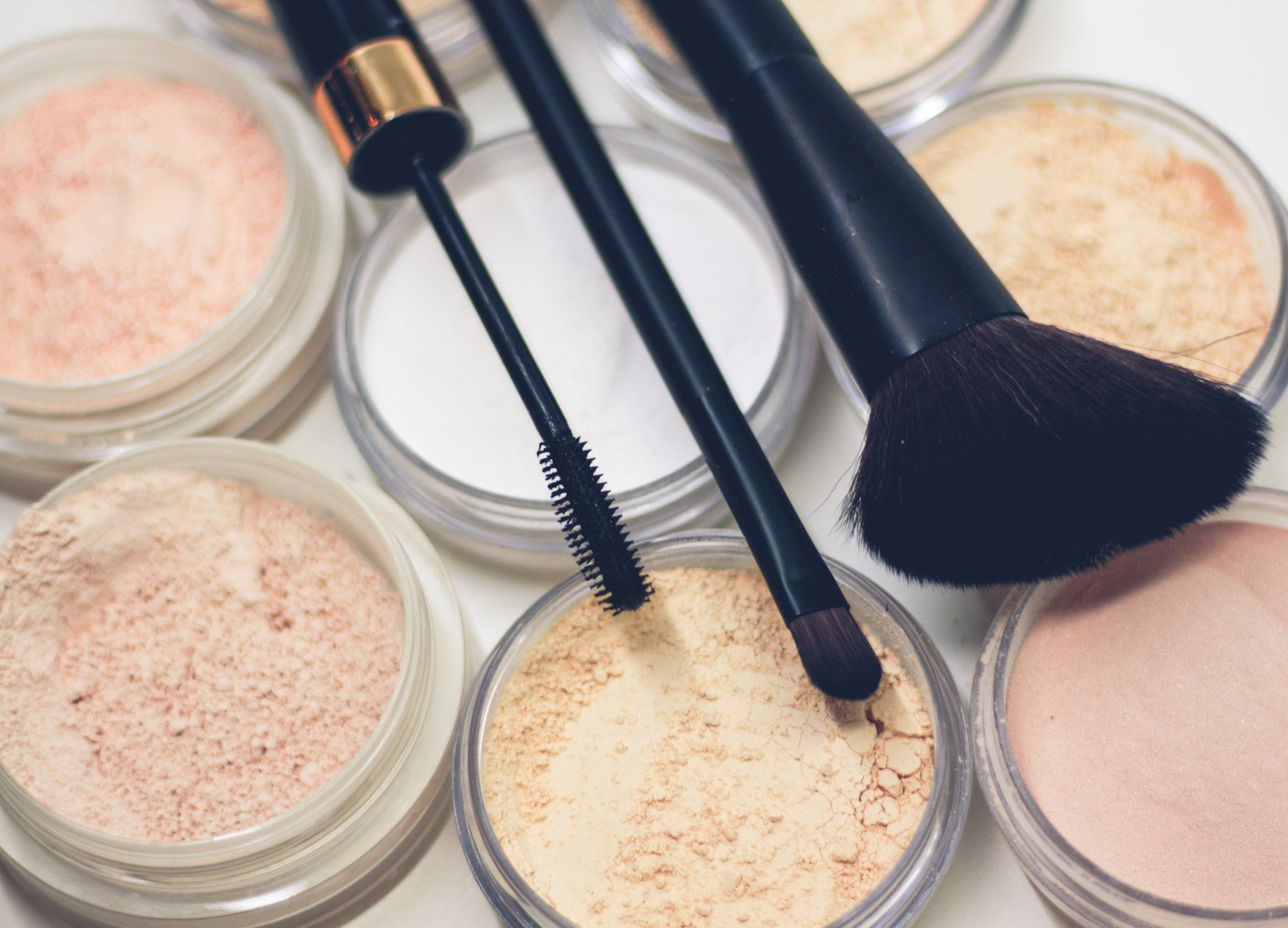Remember in the early 2000s when we discovered our favorite cosmetics and beauty products were tested on animals? People were up in arms. How dare companies use these poor, helpless creatures to ensure we maintain spotless skin and shiny hair?
Animal cruelty activists like PETA engaged in protests around the globe. They showed us how big brands dripped chemicals into animals’ eyes or rubbed them into exposed skin.
Even Hollywood squiggled its way into the debate. Who can forget Halle Berry’s Razzie-nominated performance in Catwoman? The premise was simple. A meek graphic designer discovers the cosmetic company she’s working at uses a dangerous chemical in their product.
The world took note. Soon, brands promised to stop their unethical treatment of animals. The packaging was slapped with a cruelty-free label. People went about their daily lives. Now that the PFAS lawsuit is in the spotlight, beauty products are again in the public eye.
PFAS Contamination Lawsuits
Per- and Polyfluoroalkyl Substances (PFAS) are chemicals found in industrial and everyday consumer products. Because of their heat-resistant properties, they are used in Aqueous Film Forming Foam (AFFF).
AFFF has been widely used by firefighters in the U.S. Until recently, the firefighting foam was found to contain PFAS.
Unbeknownst to them, PFAS contamination puts firefighters at a higher risk of developing thyroid cancer. Exposure to water contaminated by the toxic chemicals also led to other serious health conditions.
The fallout from the discovery has seen manufacturers facing class action lawsuits holding them accountable.
TorHoerman Law says the Environmental Protection Agency (EPA) has taken significant steps to regulate PFAS chemicals. The U.S. government recently finalized the first-ever National Drinking Water Standard to protect people from PFAS pollution.
Forever Chemicals in your Cosmetics
It’s not just water where PFAS contamination is found. Exposure to the “forever chemicals” is hard to avoid. They’re found in takeout packaging, nonstick cookware and personal care products.
When your mascara is “waterproof” or “long-lasting,” what does it mean? PFAS is the ingredient that makes the product waterproof and allows it to glide easily over the skin.
The Conversation recently cited European data. It stated that there are 170 PFAS ingredients for use in cosmetics and personal care products. That’s a lot of unknown variables to be concerned about.
Because of their molecular makeup, PFAS are harder to degrade in the environment. This causes a knock-on effect, from contaminating drinking water to soil to agriculture.
Bloomberg made some interesting discoveries while sifting through the ingredients list of popular beauty products. An anti-aging cream from a well-known brand contained a chemical called acetyl trifluoromethylphenyl valylglycine.
Righting their Wrongs
Some companies are working hard to correct the addition of PFAS. In 2022, Unilever voluntarily recalled several of its dry shampoo brands. This was done in response to concerns over benzene, a cancer-causing chemical.
Trusted haircare brand Living Proof discontinued a customer favorite a few years back. Going back to the drawing board, the company removed octafluoropentyl methacrylate from all its products. It meant Living Proof would have to reformulate some products while discontinuing others.
New Zealand has taken the extra precaution of banning PFAS in all cosmetic products. The country’s environmental agency will enforce the ban from 2027. Nail polish, shaving cream, foundation, lipstick and mascara will be meticulously vetted for the presence of forever chemicals.
The FDA’s Modernization of Cosmetics Regulation Act entails cosmetics companies to register their facilities and list their products. With the July 1, 2024 deadline fast approaching, many aren’t as happy about the stringent requirements.
One of the main focus points of the Act is for the FDA to concentrate on research on PFAS in cosmetics. By December 2025, the governmental body is required to issue a report on the use of PFAS in cosmetic products.
A Future Without PFAS?
French multinational brand Sephora has been on a mission since 2019 to restrict toxic chemicals in its products. Toxic-Free Future reported that the company had a “39.5% reduction in brand-name products with one or more toxic chemicals.” Other retailers like Target and Walmart are following suit.
The desire for “long-lasting” makeup and other beauty products has fueled the increased use of PFAS. While we wait for the outcome of the FDA’s report on PFAS, it is up to us to use our discretion.
Read the product label. Educate yourself on the various terms for forever chemicals. And if you can’t pronounce the ingredients list, don’t buy it.
Sign up for our Daily newsletter
We'll be in your inbox every morning Monday-Saturday with all the day’s top business news, inspiring stories, best advice and reporting from Entrepreneur,


